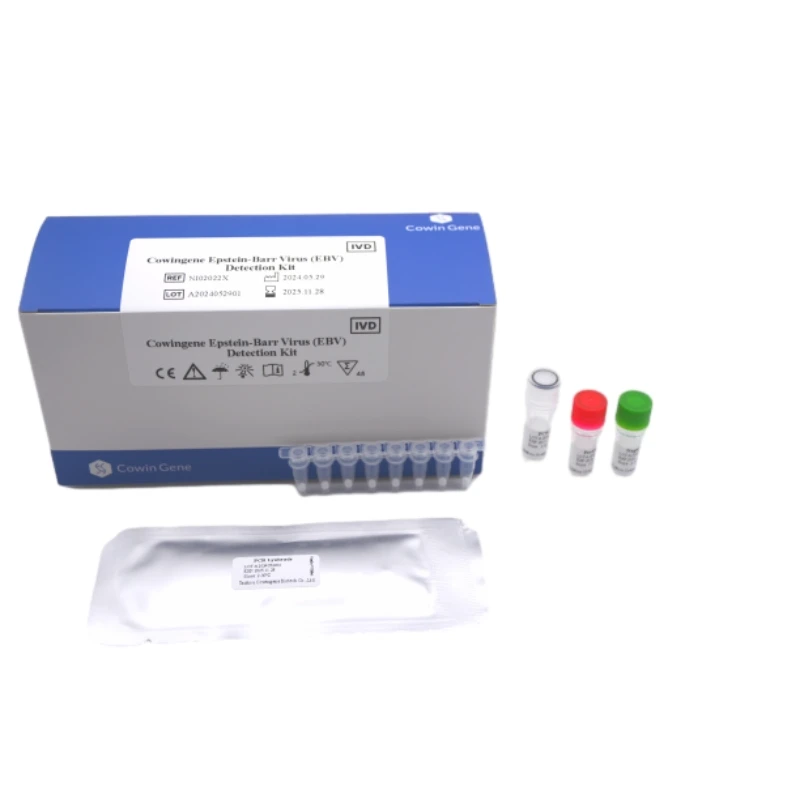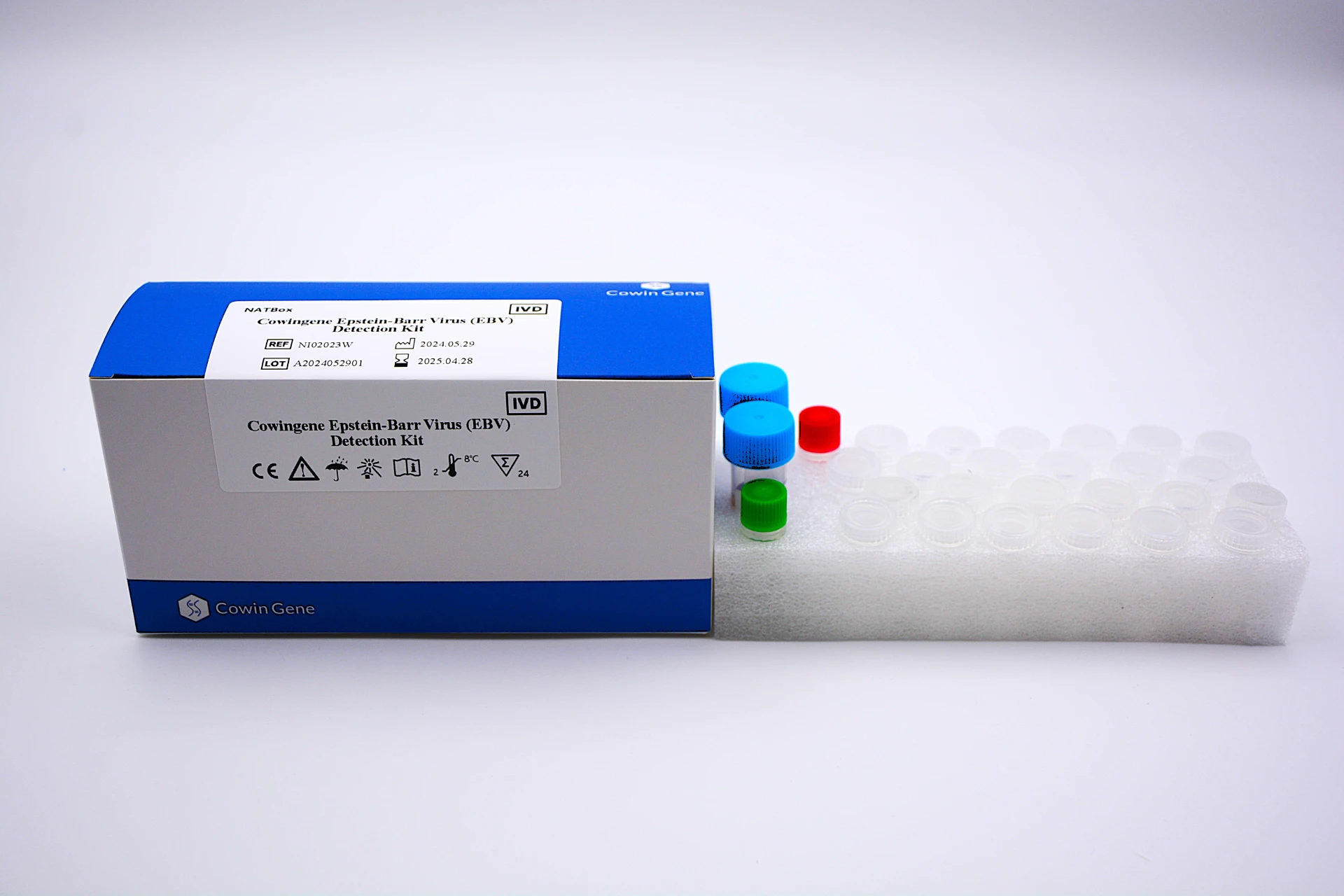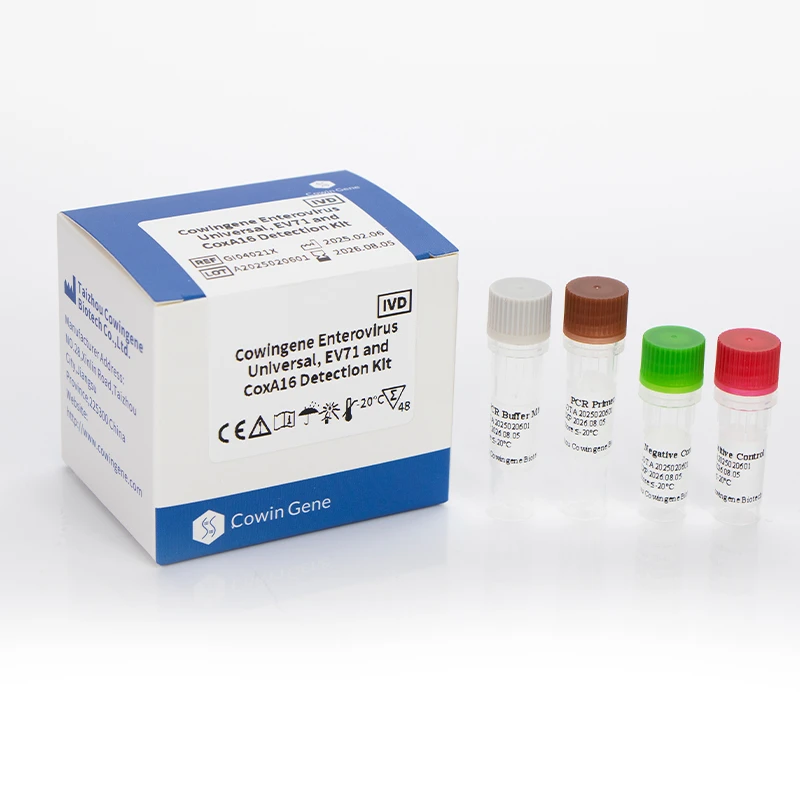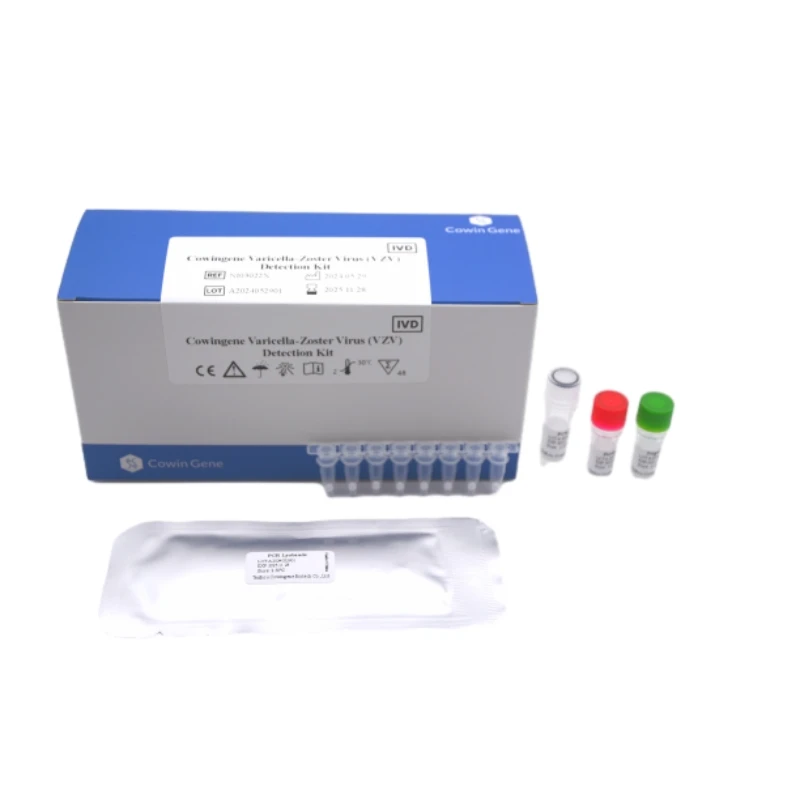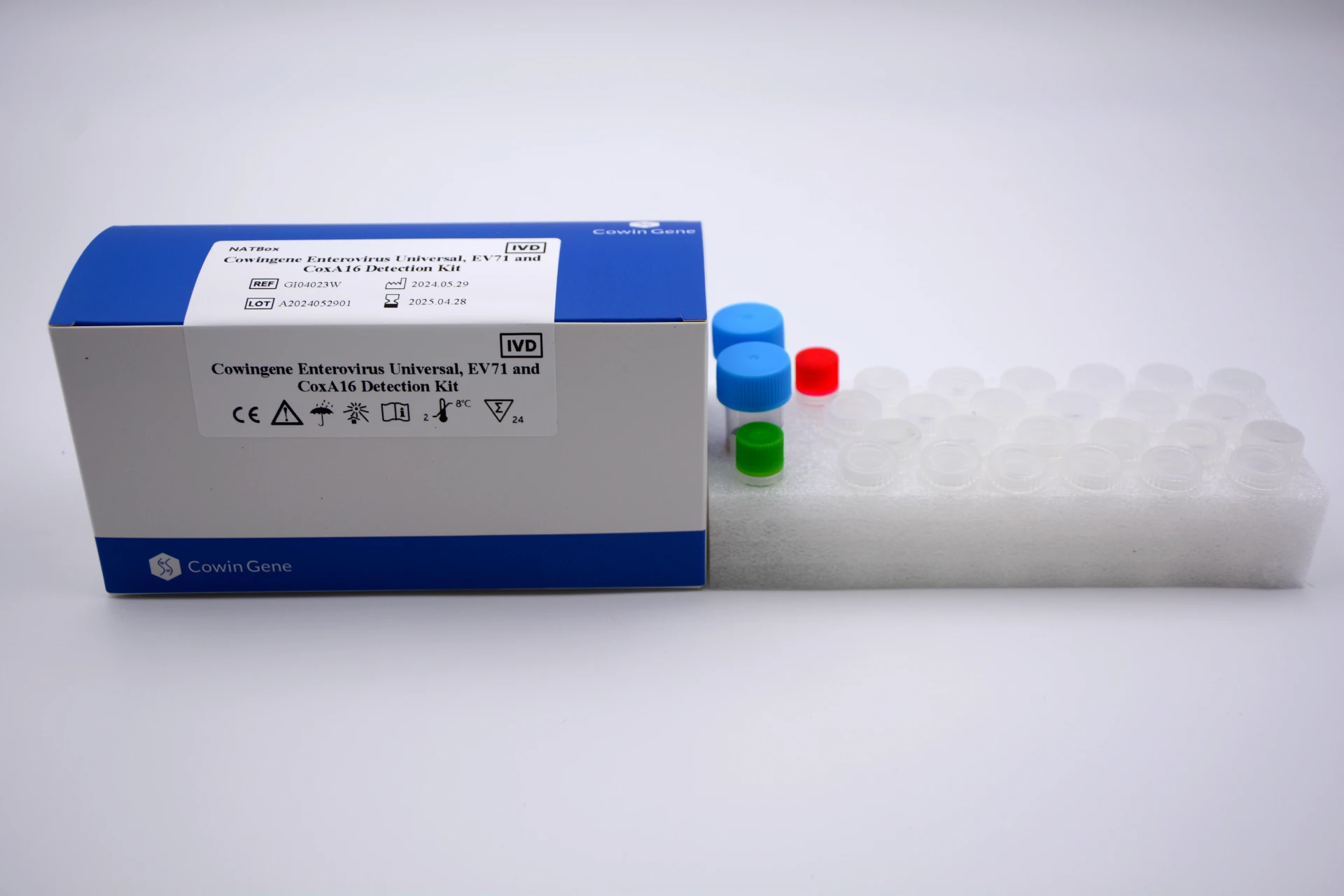Aug . 31, 2025 21:54 Back to list
HPV Kit and PCR-Based Detection: A Comprehensive Guide to Human Papillomavirus Testing
HPV Kit serves as a crucial tool for the identification of Human Papillomavirus (HPV), leveraging advanced molecular techniques to detect the presence of this common virus that poses risks to reproductive health. These kits are designed to target specific HPV types, particularly focusing on high-risk (HR) strains known to be associated with the development of cervical and other anogenital cancers. Unlike traditional screening methods, HPV Kit streamlines the detection process by integrating all necessary reagents and components for sample processing, making it accessible in various healthcare settings—from clinical laboratories to primary care clinics. By following standardized protocols, HPV Kit can efficiently analyze patient samples, providing clear results that help healthcare providers assess infection status and recommend appropriate follow-up care, such as further diagnostic procedures or monitoring plans.
HPV home test kit extends the accessibility of HPV detection by allowing individuals to collect their own samples in the comfort and privacy of their homes, eliminating the need for in-person clinic visits
This type of HPV Kit is designed with user-friendliness in mind, often including detailed instructions, collection swabs, preservative solutions, and prepaid return packaging for sending samples to certified laboratories. Once the sample reaches the lab, it undergoes analysis using techniques like PCR, ensuring accuracy comparable to clinic-based tests. HPV home test kit is particularly beneficial for individuals with busy schedules, limited access to healthcare facilities, or those who feel more comfortable with at-home sample collection, as it removes barriers to regular HPV screening and promotes proactive health management.
HPV 16 18 DNA PCR is a specialized molecular assay within the broader category of HPV Kit, focusing on the two most high-risk HPV types—HPV 16 and HPV 18—which are responsible for a significant majority of HPV-related cancers worldwide
This assay uses the Polymerase Chain Reaction (PCR) technique to amplify the specific DNA sequences of HPV 16 and HPV 18, enabling sensitive and specific detection even at low viral loads. The process involves extracting DNA from the patient sample, adding primers that bind exclusively to HPV 16 and 18 DNA, and using a thermal cycler to amplify these target sequences. HPV 16 18 DNA PCR not only confirms the presence of these high-risk strains but also provides a foundation for distinguishing them from other HPV types, allowing healthcare providers to prioritize care for individuals infected with these particularly dangerous strains.
Human Papilloma Virus HPV PCR, often incorporated into HPV Kit, is a gold-standard method for HPV detection due to its high sensitivity, specificity, and ability to identify multiple HPV types simultaneously
This technique works by amplifying small segments of HPV DNA, making it possible to detect even trace amounts of the virus in patient samples. Human Papilloma Virus HPV PCR can be designed to target a broad range of HPV types, including both high-risk and low-risk strains, or focus on specific subsets like the 18 high-risk types mentioned earlier. Its versatility makes it suitable for various applications, from large-scale population screening programs to individual diagnostic testing, as it consistently delivers reliable results that support informed clinical decision-making.
Human Papillomavirus PCR, a core component of modern HPV Kit, plays a vital role in advancing HPV screening and early intervention strategies
By leveraging the precision of PCR, this technology can accurately differentiate between different HPV types, including rare or less common high-risk strains that might be missed by other detection methods. Human Papillomavirus PCR also offers advantages in terms of speed and efficiency, with many assays providing results within 24 to 48 hours, allowing for prompt follow-up with patients who test positive. Additionally, this technique can be adapted to work with various sample types, such as cervical swabs or self-collected vaginal samples, further enhancing its utility in diverse healthcare and at-home settings.

In summary, HPV Kit, as the central tool in HPV detection, encompasses a range of specialized solutions—from HPV home test kit for accessible at-home screening to targeted assays like HPV 16 18 DNA PCR, all powered by Human Papilloma Virus HPV PCR and Human Papillomavirus PCR technologies. These components work together to provide sensitive, specific, and accessible HPV testing, enabling early identification of high-risk infections and supporting proactive health management. Whether used in clinical labs or by individuals at home, HPV Kit and its associated PCR-based methods play a critical role in reducing the burden of HPV-related diseases by facilitating timely screening, diagnosis, and intervention. As technology continues to advance, these tools are likely to become even more efficient and accessible, further improving global HPV screening efforts and public health outcomes.
HPV Kit FAQs
1. What is the primary function of the HPV kit?
The HPV kit is designed for the qualitative detection of human papillomavirus DNA in patient samples, utilizing PCR technology to identify 18 high-risk HPV types including HPV 16 and 18.
2. How does the HPV kit differentiate between specific HPV types?
This HPV kit employs targeted PCR amplification to specifically identify HPV 16 and HPV 18 while simultaneously detecting 16 other high-risk HPV types through a single analysis process.
3. What methodology does the HPV kit use for DNA detection?
The HPV kit utilizes polymerase chain reaction technology to amplify target DNA sequences, enabling highly sensitive detection of multiple high-risk HPV genotypes from collected samples.
4. Which high-risk HPV types can the HPV kit detect beyond HPV 16 and 18?
The HPV kit detects 16 additional high-risk types including HPV 26, 31, 33, 35, 39, 45, 51, 52, 53, 56, 58, 59, 66, 68, 73 and 82 through a comprehensive testing approach.
5. What type of diagnostic classification does the HPV kit fall under?
The HPV kit is classified as an in vitro diagnostic test designed for qualitative detection of HPV DNA from clinically collected patient specimens.
Related PRODUCTS
-
Norovirus Detection Kit - Rapid, Accurate, CE-Marked
NewsNov.17,2025 -
DNA Extraction Kit | Fast, High-Yield, PCR-Ready Purity
NewsNov.17,2025 -
Human Papilloma Virus HPV PCR: Fast, Sensitive, Accurate
NewsNov.17,2025 -
Arbovirus PCR Test - Rapid, Accurate, Multiplex Detection
NewsNov.17,2025 -
Respiratory Panel Test for Fast, Accurate PCR Diagnosis
NewsNov.17,2025 -
Respiratory Panel Test for Rapid, Accurate PCR Diagnosis
NewsNov.04,2025


